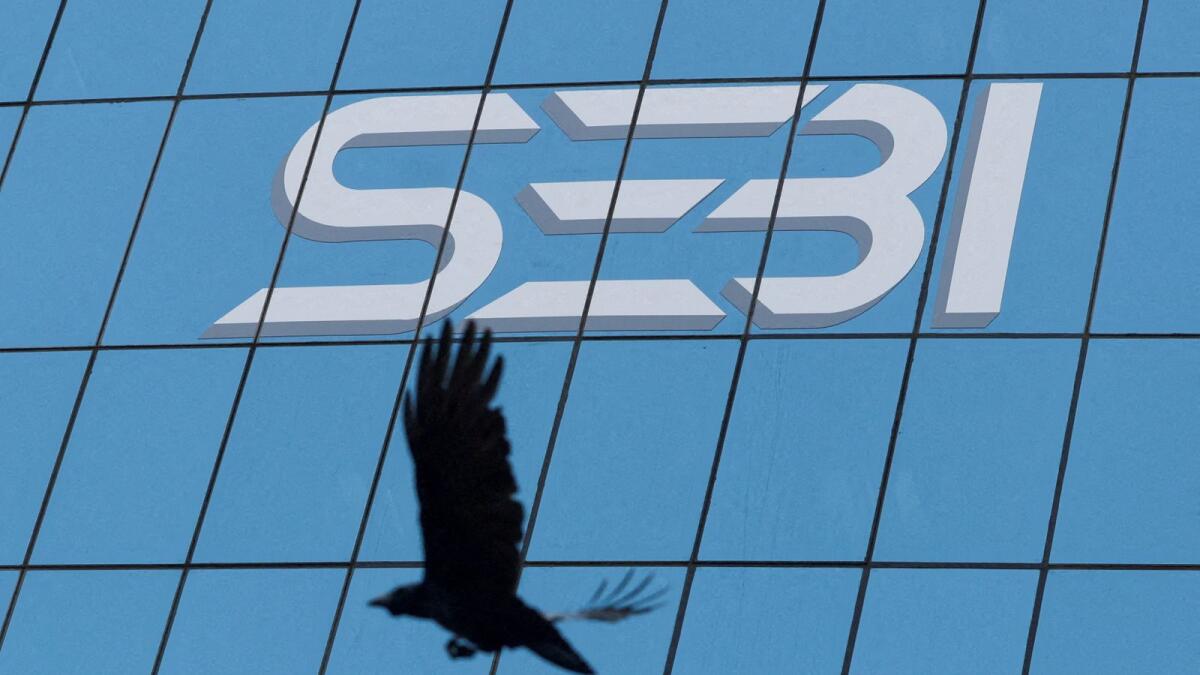With the rise of volatility in stock markets worldwide, the Indian Government is taking steps to restrict and control speculative trading by small and medium investors. The Securities & Exchange Board of India (Sebi) has proposed increasing the minimum size of index options contracts to curb traders who enter the market with a small amount. Additionally, Sebi is considering limiting the total number of contracts that large brokers’ clients can take on the day of contract expiry. Brokers may also be required to collect options premium upfront to prevent speculative losses.
The lifestyle and fashion market in India is currently estimated at $130 billion and is expected to grow to $210 billion by 2028. The online lifestyle segment is projected to reach $40-45 billion by 2028, with growth expected to come mainly from smaller cities and rural areas. More than 175 million e-shoppers from households with annual incomes under Rs.1 million are expected to drive this growth. Consumers are becoming increasingly tech-savvy, buying products across multiple categories and for various occasions.
In light of the new budget proposals announced by the Finance Minister, tax implications for capital assets have changed. The benefit of indexation has been removed for all capital assets, and long-term capital gains will now be taxed at a flat rate of 12.5 percent. However, there is an option for taxpayers who held immovable property prior to July 23, 2024, to continue claiming indexation benefit, with long-term capital gains taxed at the old rate of 20 percent. Individuals like the mother in this scenario, who inherited property, will need to calculate tax under both options and pay the lower amount.
Overall, these developments indicate the Indian Government’s efforts to regulate speculative trading in the stock market and adapt to changes in tax laws to ensure fair practices. The growing potential in the online lifestyle and fashion market presents opportunities for entrepreneurs like the daughter interested in starting an e-commerce business. With evolving consumer behaviors and market trends, businesses need to stay updated and adapt to meet the changing demands of customers across various segments in India’s diverse market landscape.











